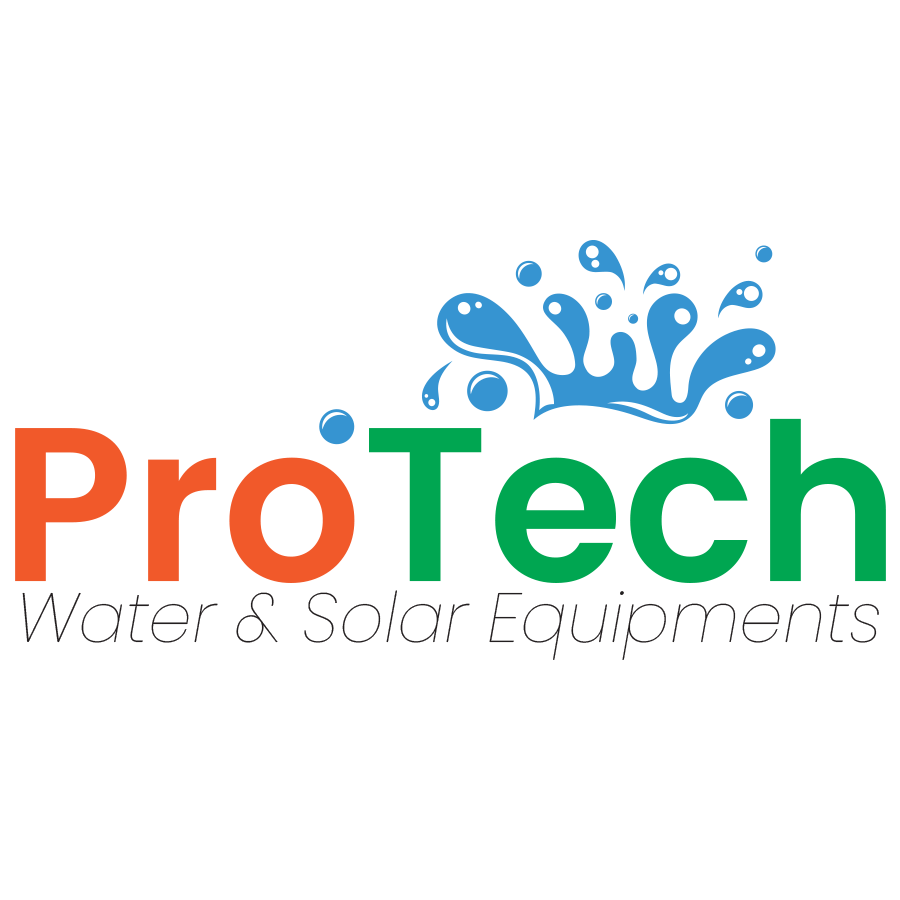Comparing Water Purifier Maintenance Costs in Kenya: What You Need to Know Before You Buy
Introduction
Buying a water purifier isn’t just about the upfront cost—it’s a long-term investment. In Kenya, where access to clean water is still a major challenge in many areas, water purifiers are a necessity. But did you know that maintenance costs vary significantly between different types? If you’re looking to cut down on costs without compromising your family’s health, this guide is for you.
Common Types of Water Purifiers in Kenya
Gravity-Based Purifiers
Use activated carbon or ceramic filters. No electricity required.
UV (Ultraviolet) Purifiers
Use UV light to kill bacteria and viruses. Need electricity and annual bulb replacement.
RO (Reverse Osmosis) Systems
Best for high TDS (Total Dissolved Solids) areas. Multiple filters need regular replacement.
Solar-Powered Purifiers
Eco-friendly, ideal for off-grid homes and schools. Minimal recurring costs.
Portable Filter Systems
Handy for travelers and emergency use. Mostly gravity-driven.
Understanding Maintenance in Context
What does water purifier maintenance involve?
It includes filter changes, cleaning components, replacing UV lamps, checking electrical parts, and ensuring clean storage tanks.
How often do you need to maintain or service your purifier?
Gravity: Every 4–6 months
UV: Once a year
RO: Every 6–12 months
Solar: Minimal, every 1–2 years
Portable: Replace filter cartridge based on use (usually 3–6 months)
Factors that influence maintenance cost
Water source quality (borehole, river, piped)
Usage frequency
Brand/model
Availability of parts and technicians
Cost Comparison Table – Average Annual Maintenance Costs (KES)
| Purifier Type | Maintenance Cost Range (KES/year) |
|---|---|
| Gravity-Based | 1,500 – 3,000 |
| UV Purifiers | 3,000 – 6,000 |
| RO Purifiers | 6,000 – 12,000+ |
| Solar-Powered Units | 1,000 – 2,000 |
| Portable Filters | 500 – 2,500 |
Gravity-Based Water Purifiers
Maintenance Frequency
Twice a year is typical, depending on water clarity.
Cost of Replacing Filters
Carbon/ceramic filters range from KES 800–1,500 per piece.
Popular Brands and Cost Examples
Brands like Kent and PureIt offer low-cost models with affordable filter replacements.
UV Water Purifiers
Lamp and Filter Replacement Costs
UV lamps cost between KES 1,200–2,500. Filters another KES 1,500–3,000.
Servicing Frequency
Once a year, but the lamp must be changed annually for full effectiveness.
Long-Term Running Cost Estimates
You may spend about KES 5,000 annually on average, including technician charges.
RO Water Purifiers
Multi-Stage Filters and Membrane Replacement
These systems have 3–6 filters. RO membranes last 1–2 years but cost up to KES 5,000 to replace.
Electrical Component Care
Pumps and power adapters sometimes fail and cost extra to fix.
Typical Maintenance Packages
Annual maintenance packages can cost between KES 7,000–12,000 including filters and technician fees.
Solar-Powered Purifiers
Why They’re Ideal for Off-Grid Areas
No power bills, low mechanical wear and tear.
Minimal Ongoing Costs
Filter replacement may be needed every 1–2 years. Some filters last up to 10,000 liters.
How Protech Makes Solar Purification Affordable
Protech’s solar purifiers are designed for Kenyan conditions. Their filters are durable, and they offer extended support with minimal maintenance costs—often below KES 2,000/year.
Portable Water Filters
Lifespan of Portable Filters
Typically lasts for 2–3 months or 300–500 liters depending on the model.
Refill/Replacement Costs
Ranges from KES 500–2,500.
Ideal Usage Scenarios
Perfect for camping, travel, or backup during water shortages.
Tips to Reduce Water Purifier Maintenance Costs
Pre-Filter Installation
Helps extend the life of main filters, especially in murky water.
Regular Cleaning Routines
Flush filters, clean tanks, and remove sediment regularly to avoid clogging.
Using the Right Water Source
Avoid highly turbid water if your purifier isn’t built for it. It saves on frequent filter replacements.
Protech Water and Solar Equipment Company: A Smart Choice
Affordable, Low-Maintenance Solutions
Protech’s systems are built for affordability and longevity. Whether it’s solar, RO, or gravity, they offer reliable products that fit every budget.
Maintenance Support Services
Their customer support includes maintenance kits, tutorials, and optional servicing—available across Kiambu, Nairobi, and nearby regions.
Value for Long-Term Use
Protech purifiers pay off quickly by cutting down on long-term maintenance expenses, especially in rural and peri-urban areas.
Conclusion
In Kenya, a water purifier isn’t just an appliance—it’s a necessity. But with many options on the market, understanding the real cost of maintenance can help you make smarter, budget-conscious decisions. Gravity and solar-powered systems are the most affordable to maintain, while RO systems offer superior purification at a higher cost. For households and schools looking for long-term, low-maintenance water solutions, Protech Water and Solar Equipment Company remains one of the most trusted and cost-effective choices.
FAQs
1. What is the cheapest type of water purifier to maintain in Kenya?
Gravity-based and solar-powered purifiers have the lowest maintenance costs.
2. How often should I service my RO purifier?
At least once a year, with filter changes every 6–12 months.
3. Is it worth investing in a solar-powered water purifier?
Yes, especially if you’re in an off-grid area. It saves on electricity and maintenance.
4. Where can I get help with purifier maintenance in Kiambu or Nairobi?
Protech Water and Solar Equipment Company offers maintenance services and spare parts across the region.
5. Can I maintain my water purifier myself?
Yes, for simple tasks like cleaning and replacing filters. For complex systems, it’s best to get professional help.

